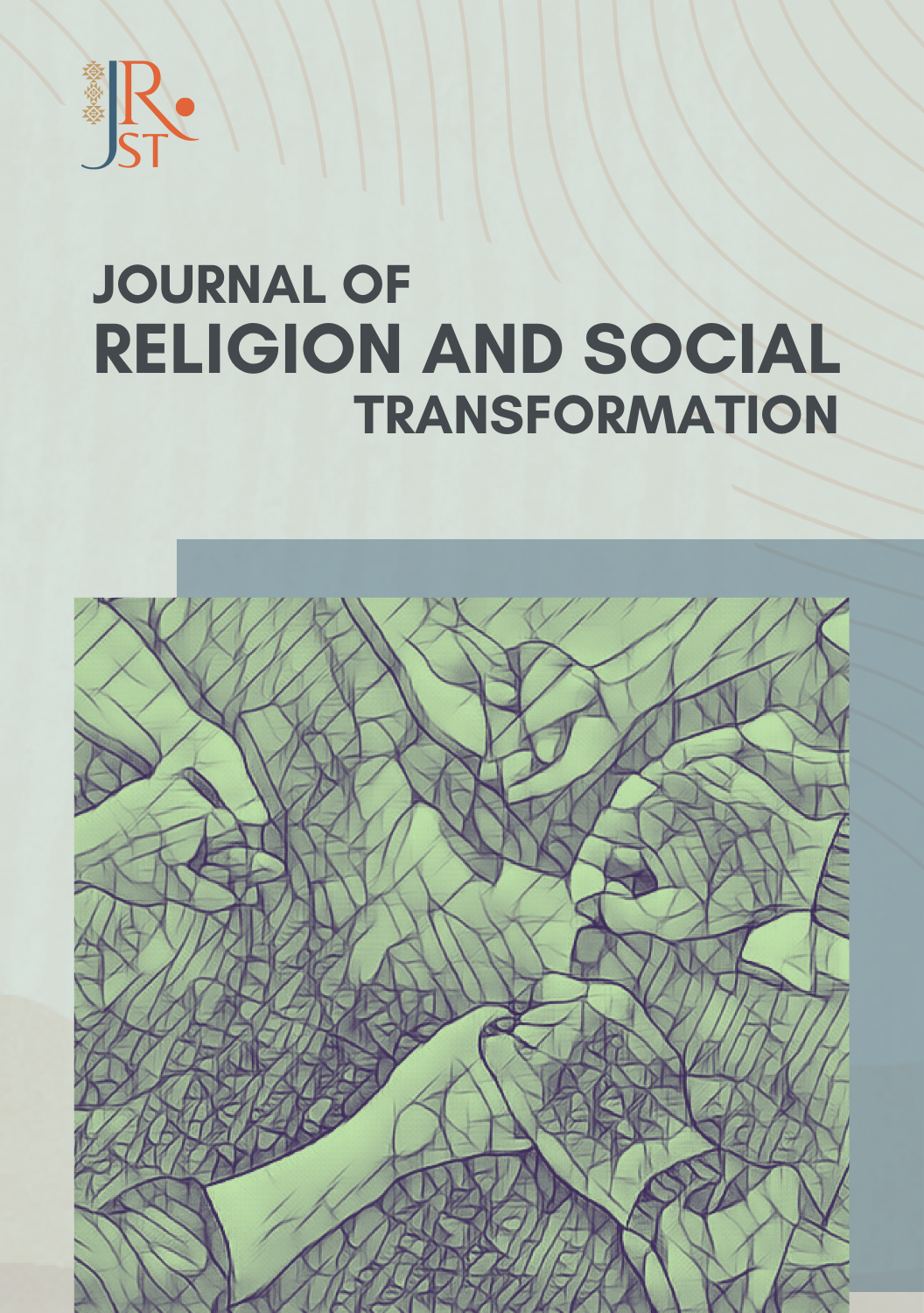Peran Kharisma Sultan Agung dalam Keberlanjutan Tradisi Nguras Enceh di Makam Imogiri
DOI:
https://doi.org/10.24235/drgm6f45Keywords:
ritual, nguras enceh, sultan agungAbstract
The nguras enceh tradition at the King's Tomb in Imogiri, Yogyakarta, reflects the community's belief in the extraordinary power of Sultan Agung, who is believed to bestow blessings through his legacy. This research uses a field method with a qualitative approach involving observation, interviews and documentation to understand the community's perception of the nguras enceh tradition. The results showed that the tradition has survived despite changes in some of its aspects, especially since the 2000s with the cultural carnival before the core event. The nguras enceh tradition is not only a form of respect for the ancestors, but also has social, cultural and economic functions. The charismatic influence of Sultan Agung is the main factor supporting the sustainability of this tradition, which attracts the enthusiasm of the community to participate each year. The procession of tahlil, prayer and taking of enceh water is carried out solemnly, showing deep respect for Sultan Agung. The community's participation in gotong royong activities and belief in the blessings of enceh water strengthen their social and spiritual values. Nguras enceh tradition is also a cultural and religious tourist attraction. In conclusion, the existence of the nguras enceh tradition at Imogiri Cemetery is based on the charismatic influence of Sultan Agung, which remains alive in various aspects of people's lives, strengthening their spiritual, social and economic ties to their ancestral heritage.
Downloads
References
Admin. (2013). Tradisi Nguras Enceh. Warisan Budaya Takbenda Indonesia. https://warisanbudaya.kemdikbud.go.id/?newdetail&detailCatat=3347
Admin. (2017). Tradisi Upacara Nguras Enceh di Makam Imogiri. Pemerintah Kabupaten Bantul. https://bantulkab.go.id/berita/detail/3155/tradisi-upacara-nguras-enceh-di-makam-imogiri.html
AGUSTINA, A. (2013). MITOS RORO MENDUT DAN PRANACITRA DALAM TRADISI WILUJENGAN DAN PANYUWUNAN DI DUSUN KAJOR WETAN DESA SELOPAMIORO KECAMATAN IMOGIRI KABUPATEN BANTUL YOGYAKARTA. UIN SUNAN KALIJAGA.
Al-Fajriyati, M. I. (2019). Pengaruh tradisi Sekatenan terhadap perilaku keagamaan masyarakat Yogyakarta. Khazanah Theologia, 1(1), 40–46.
Basrowi, S. (2008). Memahami Penelitian Kualitatif. PT Rineka Cipta.
COE Administrator. (2016). Upacara Nguras Enceh. Center Of Excellence (CoE) Budaya Jawa. http://bpad.jogjaprov.go.id/coe/article/upacara-nguras-enceh-405
Hapsari, G. K. (2024). Makna Komunikasi Ritual Masyarakat Jawa (Studi Kasus pada Tradisi Perayaan Malam Satu Suro di Keraton Yogyakarta, Keraton Surakarta, dan Pura Mangkunegaran Solo). COMPEDIART, 1(1), 44–52.
Hariyanto, H. (2019). GERAKAN DAKWAH SULTAN AGUNG (Arti Penting Perubahan Gelar Sultan Agung Terhadap Gerakan Dakwah di Jawa Pada Tahun 1613 M-1645 M). Jurnal Al-Bayan: Media Kajian Dan Pengembangan Ilmu Dakwah, 24(1).
Hidayat, M. A. (2019). Menimbang teori-teori sosial postmodern: sejarah, pemikiran, kritik dan masa depan postmodernisme. Journal of Urban Sociology, 2(1), 42–64.
J Moleong, L. (2018). Metode Penelitian Kualitatif. Remaja Rosda Karya.
Karim, A. (2007). Islam Nusantara. Pustaka Book Publisher.
Kausar, A. S. (2012). Islam Dalam Globalisasi: Tantangan Agama Dalam Manajemen Keutuhan Umat. Millah: Journal of Religious Studies, 379–398.
Khalil, A. (2008). Islam Jawa, Sufisme Dalam Etika Dan Tradisi Jawa. UIN-Malang Press.
Manan, A. (2013). Melestarikan Tradisi dan Budaya Leluhur ala Ahlusunnah wal Jamaah.
MS, B. (2006). Metodologi Penelitian Sejarah. Restu Agung.
Nurcahyo, R. J., & Yulianto, Y. (2019). Tradisi Ritual Kupatan Jalasutra Di Srimulyo, Piyungan, Bantul, Yogyakarta. Khasanah Ilmu-Jurnal Pariwisata Dan Budaya, 10(2), 149–153.
Purwanti, R. S. (2014). Tradisi Ruwahan Dan Pelestariannya Di Dusun Gamping Kidul Dan Dusun Geblagan Yogyakarta. Indonesian Journal of Conservation, 3(1).
Rokhim, M. N. (2013). Unsur Religi Dalam Tradisi Nguras Enceh Di Makam Raja-Raja Imogiri. Universitas Negeri Yogyakarta.
Syakhrani, A. W., & Kamil, M. L. (2022). Budaya dan kebudayaan: Tinjauan dari berbagai pakar, wujud-wujud kebudayaan, 7 unsur kebudayaan yang bersifat universal. Cross-Border, 5(1), 782–791.
Weber, M. (2009). Sosiologi. Pustaka Pelajar.
Zuhro, A. R. (2021). Tradisi Nitik: Karakteristik, proses, dan makna batik Nitik Yogyakarta. Jurnal Penelitian Humaniora, 26(2), 76–88.
Downloads
Published
Issue
Section
License
Copyright (c) 2024 Journal of Religion and Social Transformation

This work is licensed under a Creative Commons Attribution-NonCommercial 4.0 International License.





